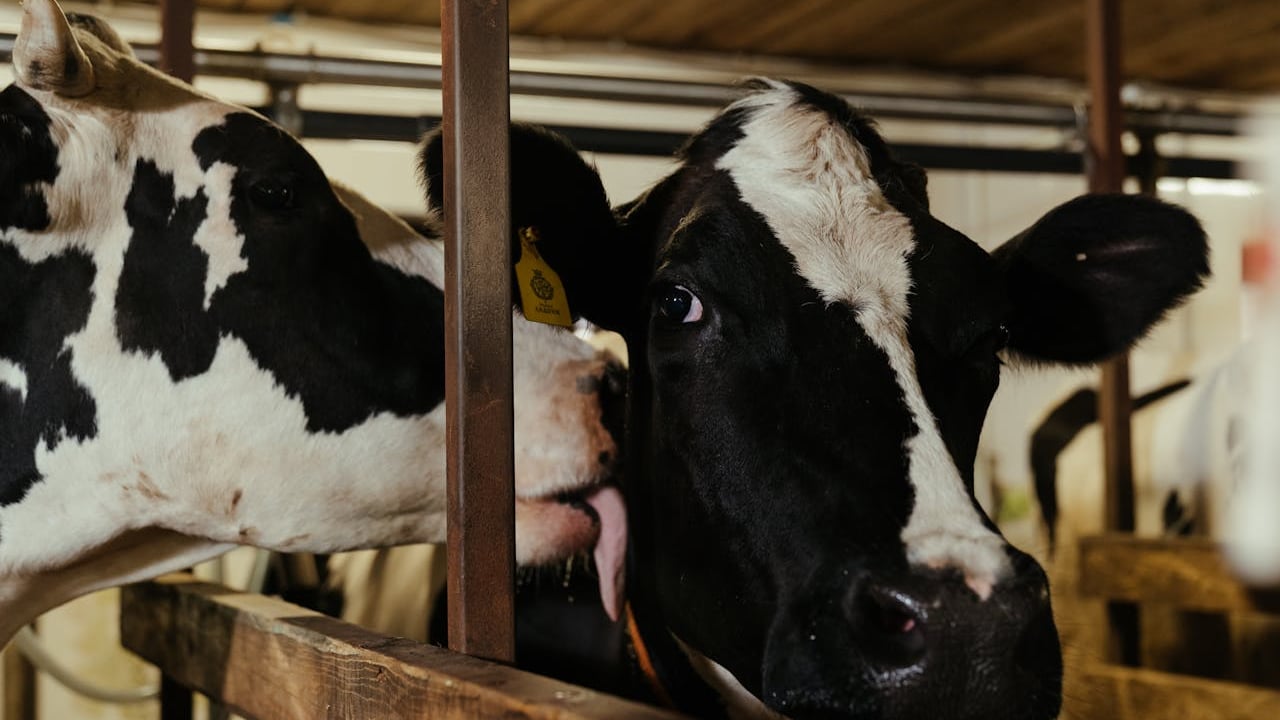3,459 from unrestricted herds kill out with 'lesions suspicious of TB'
Latest official figures show 3,459 animals from non-restricted bovine TB herds, have been slaughtered with suspicions of TB lesions between January 1, 2025 and July 20, 2025.
The figures were provided to Agriland by the Department of Agriculture, Food and the Marine (DAFM).
DAFM also confirmed that out of that figure, 1,758 animals were confirmed to have TB following laboratory testing of tissues.
Every animal that is sent to slaughter for human consumption in Ireland - even from non-restricted herds - is subject to post-mortem veterinary inspections.
As part of this process a selection of glands (lymph nodes) are inspected, as well as lungs, chest cavity, and abdominal organs to check for any signs of TB lesions.
The spokesperson clarified that there have been 19,610 total reactors between January 1 and July 20 of 2025.
However, the department also stated that there have been 43,290 reactors in a 12-month rolling figure (June 2024 to June 2025).
In addition to this the herd incidence rate has increased from 4.31% in 2022 to 6.04% in 2024, resulting in a 36% increase in the number of herds restricted between 2022 and 2024.
DAFM confirmed that as of June 22, 2025, herd incidence over a 12 month period was 6.43%
DAFM has outlined that inspection at slaughter is not as successful at detecting TB infections as the skin test programme.
However, the department also said that laboratory testing is 100% accurate.
If cattle are slaughtered as reactors under the TB Eradication Programme, the department said this is because they have tested positive for infection with TB.
The DAFM spokesperson added: "The TB test has a specificity of more than 99%, which means the rate of false positives is very low."
The department also clarified that culture or other laboratory tests are not routinely carried out on all TB reactors.
The spokesperson said visual inspection of reactor carcases at post-mortem found that up until July 20, 2025, 26% of such reactors had visible lesions of tuberculosis.
| Year | Total reactors | No of lesions | Lesion % |
| 2025 (Jan 1 - July 20) | 19,610 | 5,139 | 26% |
| 2024 | 41,682 | 9,931 | 24% |
| 2023 | 28,901 | 8,011 | 28% |
| 2022 | 23,393 | 8,391 | 36% |
According to DAFM visible lesions mean the infection has progressed to an advanced stage where the disease process has caused significant tissue damage to a degree where it can be seen with the naked eye.
However the spokesperson also outlined that the absence of lesions does not mean the reactor is not infected with TB, instead it generally indicates that the disease had not reached an advanced stage where it could be detected.
DAFM also confirmed that the skin test is approximately 80% accurate while the Gamma Interferon test (blood test) is typically 90% accurate.





